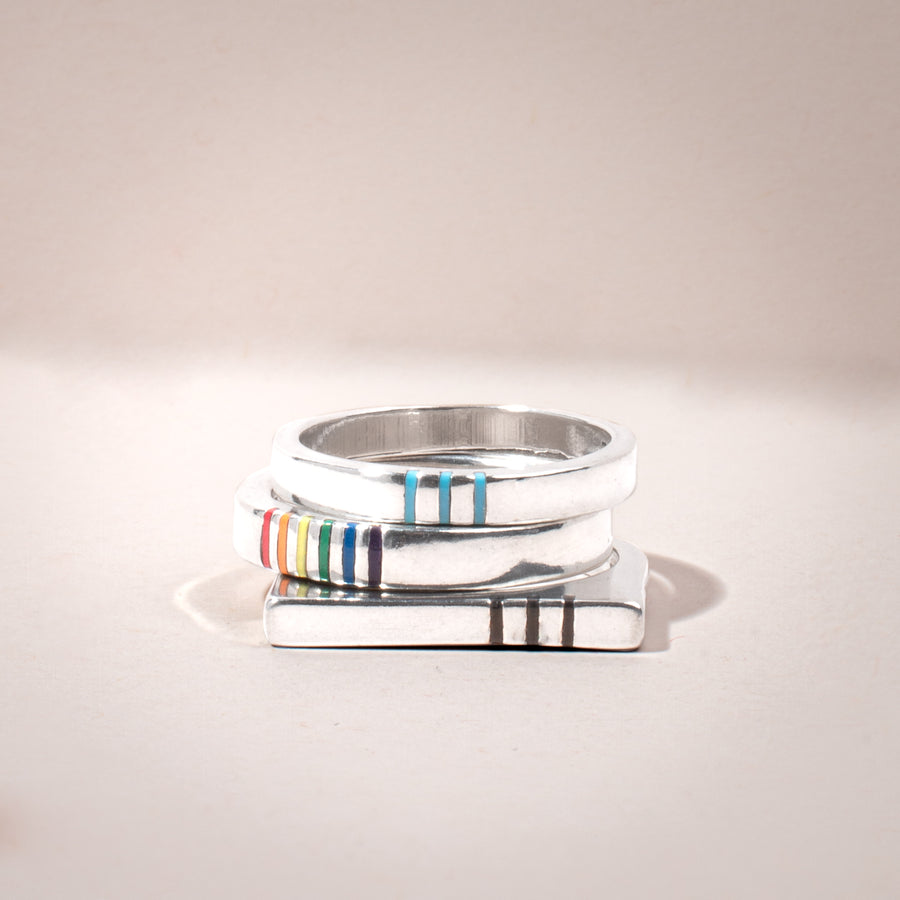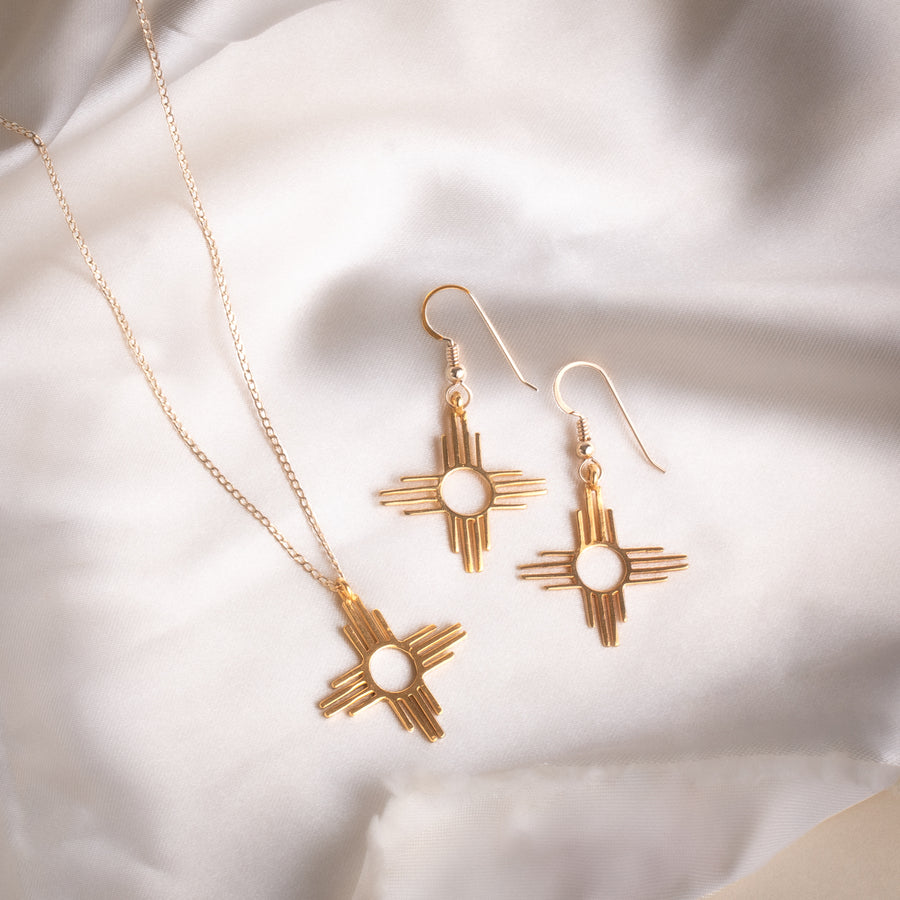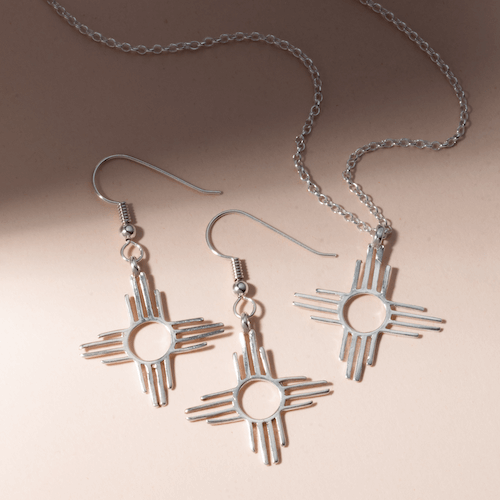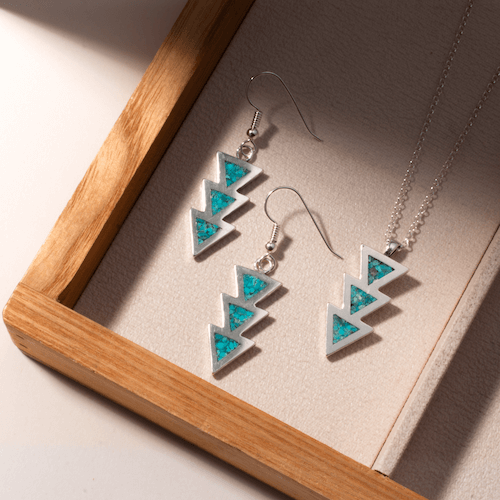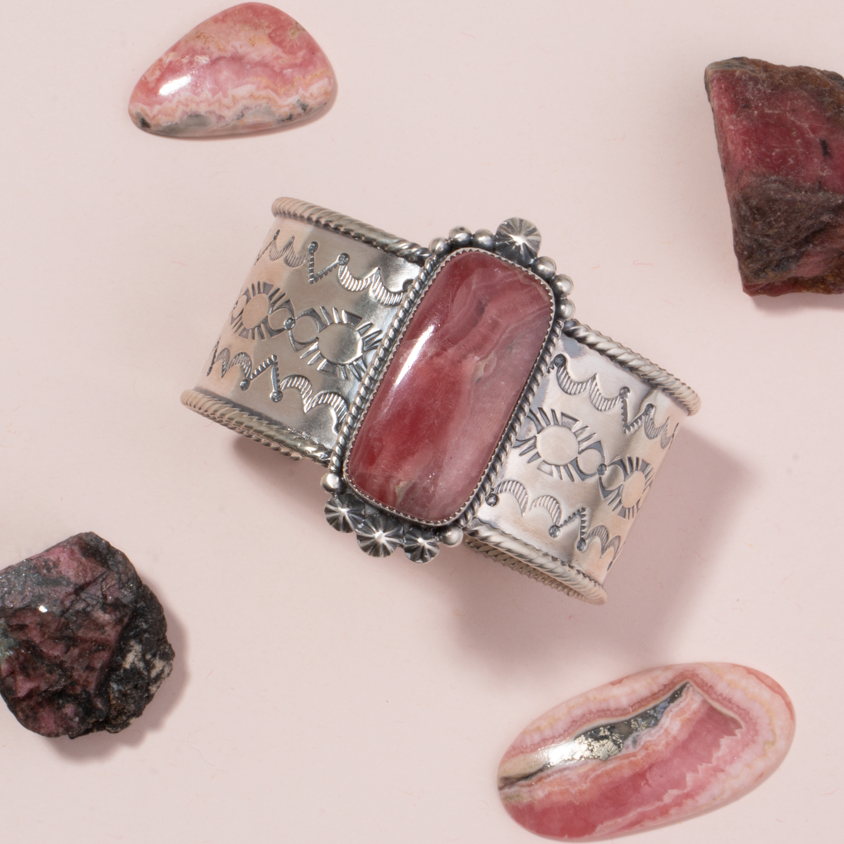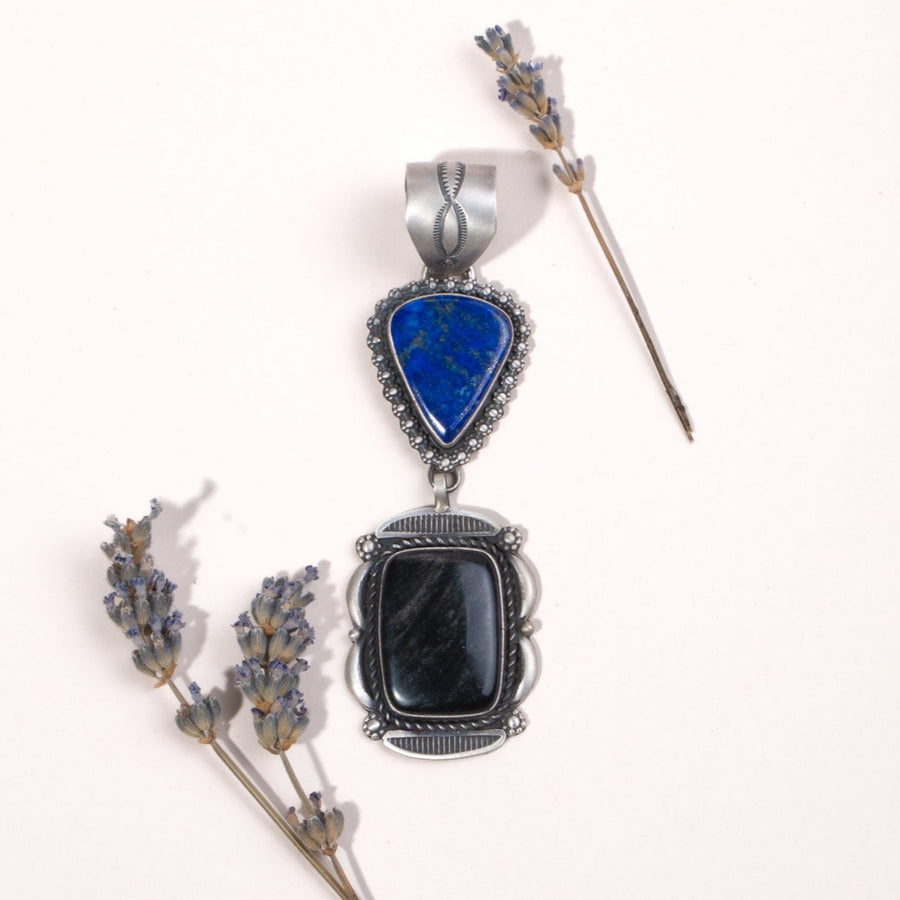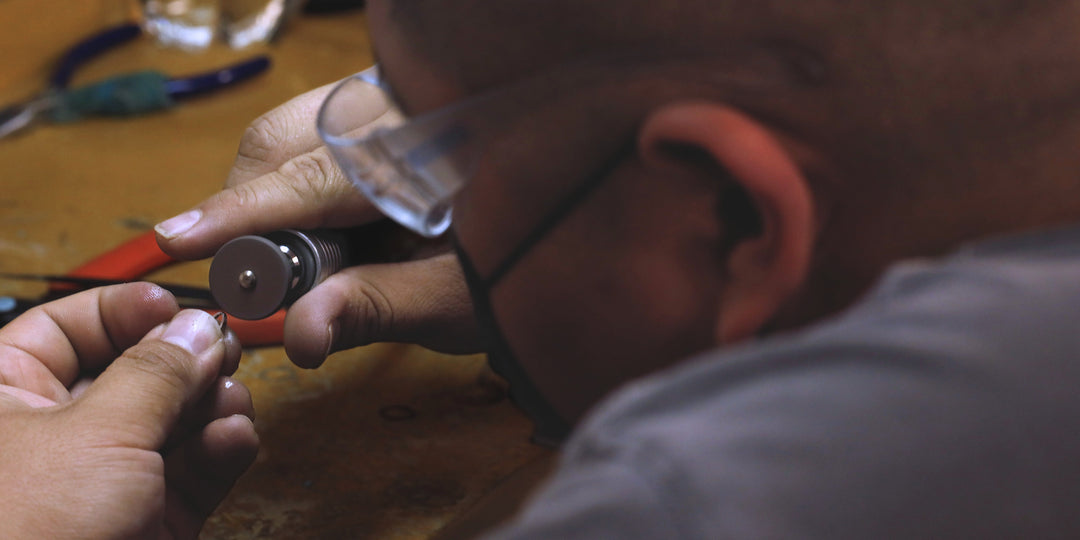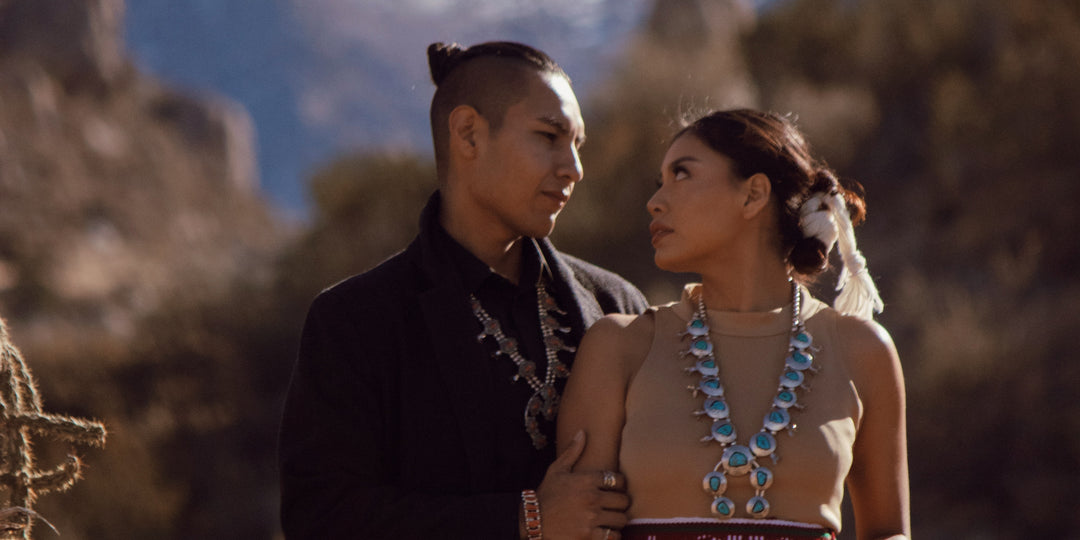Sheep is Life: The Story of the Navajo and the Churro
Sheep is life. Three simple words to convey a history of cultural connections. To the traditional Navajo, these words reveal the hardships and triumphs of their past. That history can be found in the beauty of their weavings. Through them, we can understand more about how Navajo culture developed and how it is faring in the chaotic world of the twenty-first century.
Navajo weavings can be considered an expression of the Navajo’s connection to the harsh desert landscape they call home. The wool in the most prized pieces come from the Churro, a breed of sheep who carry the ability to thrive in the same harsh climate.N2 Together the Navajo and the Churro created some of the most beautiful and meaningful rugs and weavings, a legacy that has lasted into the present age.
Even today, the lands the Navajo call home can appear uninhabitable. Roads and modern conveniences feel miles away from the canyons and arroyos that dot the landscape. Yet from this setting have come some of the most beautiful works of art. Navajo weavings are treasured for their beauty, collected for their artistic technique, and created with the heart of a people who have seen adversity and conquered it.
A Special Breed
Churro sheep are related to breeds found in Africa.N5 When the Moors conquered Spain, they brought Churros with them into the conquered territory. Spanish colonists in the New World did the same, introducing the hardy breed to the desert Southwest. The Churro thrived in their new surroundings. And the Navajo took them into their hearts.
Churro sheep are able to live on sparse water and vegetation. Among Churro it is not uncommon to see the births of twins and triplets, and the ewes give birth easier than other breeds. They are protective of their offspring, something that would greatly increase their lifespan in such harsh conditions. Churros are also resistant to many sheep diseases, which helped them survive.
Churro are what is sometimes referred to as a “carpet-wool” breed. These breeds have two lengths of wool: a long, top coat with an undercoat of shorter fibers. Together these fibers combine to make stronger, more durable wool. This factor combined with the tight weave that Navajo rugs are known for mean these rugs are created to last.
Churro wool is low in lanolin, so it takes less water to clean. For the Navajo, who lived in a land with scarce water resources, this was important. Churro wool doesn’t need as much carding and is easily felted. This meant less time and labor spent preparing the wool for weaving. In addition, Churro sheep can be shorn twice a year instead of only once, and the meat is leaner than other breeds. This contributed to the health of the people. By the late 1800s, the Churro had become an important part of Navajo life and culture.
Tragedy and Triumph
As the Churro entered the heart of the Navajo people, the presence of these hardy sheep became a tool of destruction for them as well. Navajo resistance to the US government’s attempts to force them off their traditional lands was a thorn in the government’s side. To force their compliance, the government killed off their food supply, the Churro. The success of this technique was only the first stab to their hearts.
After their return to their homelands, the Navajo found themselves wards of the United States without the power to make their own decisions. This included their traditional partnership with the Churro. There were few of the hardy breed left but the Navajo had difficulty replenishing them. The government saw the Churro as a lesser breed, not one that could provide the high-quality wool desired by the factories back east.
They gave the Navajo other breeds they considered better, such as Merinos and Rambouillets. What the government experts had not considered was that these breeds did not adapt well to the harsh surroundings. They couldn’t thrive on the sparse water and vegetation like the Churro. Their wool required more water for cleaning and their shorter fibers lacked the strength and durability of Churro wool.N3
The new breeds overgrazed the land in their need for more vegetation. Overgrazing, combined with drought conditions prevalent in the 1930s, found the Navajo facing government herd reduction requirements. Government agents shot a specified number of sheep in front of their horrified owners. The agents especially tried to wipe out the few remaining Churro. It was a devastation that struck at the heart of the Navajo. As one writer put it, “…today elders tearfully recall that time and can describe in detail each sheep that was killed.”N5
Navajo Sheep Project
With the loss of their beloved Churro and the difficulties of working with the new breeds they were given, some Navajo weavers turned to commercial wools for their rugs. This meant an important connection had been lost, not only for the weavers but for the Navajo people as a whole. One man, however, was able to see the importance of bringing the Churro back to the people, to restoring the connection to the Navajo.
Begun in the 1970’s, the Navajo Sheep Project was the creation of Dr. Lyle McNeal.N4 Dr. McNeal searched throughout the US and the Navajo reservation for any remaining Churro. His efforts allowed the establishment of a sizeable amount of breeding stock which he made available to the Navajo. Not only did this help the weavers by bringing back available and durable wool for their weavings, but it is helping still today to preserve traditional Navajo culture. As McNeal remembered, “the elders would cry when I brought a Churro sheep back to the reservation.”.
Today the Sheep is Life Celebration, begun as a collaboration of the Navajo Sheep Project, Dine bi iina, the Navajo-Churro Sheep Association and Recursos de Santa Fe, continues to develop programs and services designed to educate and preserve traditional Navajo culture and the longstanding connection between the Navajo and the Churro.
